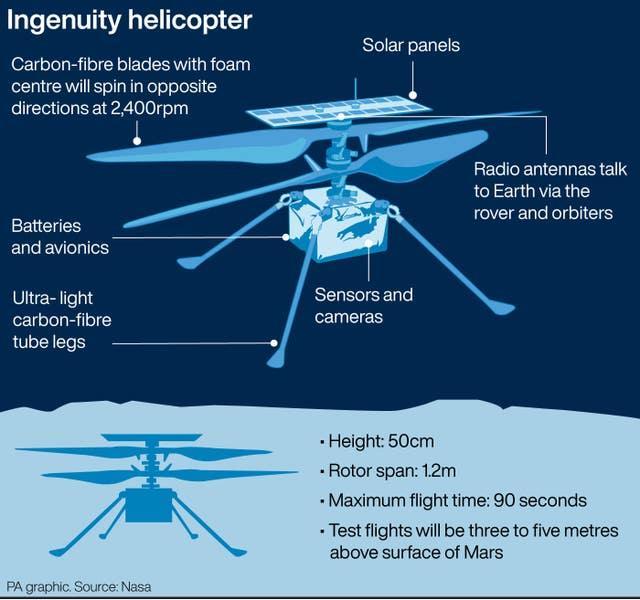NASA recently experienced the moment of the Wright Brothers thanks to its successful autonomous helicopter that landed on the surface of mars’ red planet. ‘Simplicity’ Became The First Rotorcraft On Which Mars Landed On Another Planet. It was a fully autonomous aircraft powered by guidance, navigation and control systems onboard the ship that ran the algorithms developed by the team at the Jet Propulsion Laboratory (JPL).

Simplicity rose three metres high and managed to be aerial for 40 seconds, but the feat was very remarkable as rotorcraft made the fly. It landed then, touching back on the surface of Mars. Flight is very special and a milestone for space explorations as the gap between the main systems and the autonomous work model is so zero. Data must be sent and satellites orbiting more than hundreds of millions of miles and NASA’s deep space network must return from the Red Planet. Therefore, simplicity cannot be flown with a joystick, and its flight is not mentioned from the earth in real-time.
Rotorcraft was too autonomous to make its decisions on how to fly a route and keep itself warm. Simplicity flew autonomously using gyroscope, accelerometer, camera, altimeter and onboard computer. The autonomous system developed for helicopters used sophisticated artificial intelligence and machine learning tools that helped better underweight and skilled drone engineers on earth to deliver medicines, transport organs for transport and transport others. Simplicity also has the facility to charge automatically with solar panels.
Flying simplicity on Mars was a difficult task. Unlike Earth, Mars is a very thin atmosphere with significantly less gravity (one-third of Earth) and exerts only 1% pressure on the surface than our planet. This means that there are relatively low air molecules that make it difficult for any object to fly. But scientists made the wings of simplicity lighter. They were able to create more than 2,500 revolutions per minute that helped Rotorcraft get a flight.
The simplicity was firmly made for Mars, the space rover that touched the surface of the Red Planet on February 18. The success of simplicity has opened the door for other robotic flying vehicles that could be added to Mars in future robotic and human missions. It could expand human research on the neighbouring planet, providing high definition images and reconnaissance for robots and humans.

